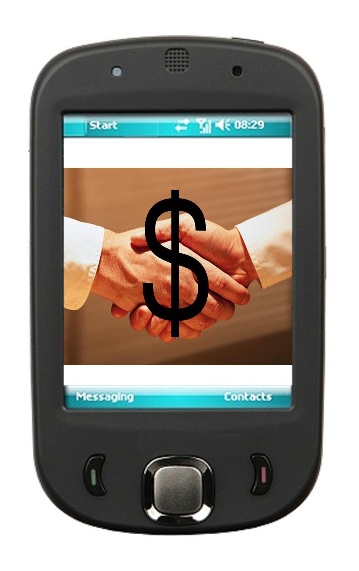 The two companies are working together to use a simple QR code based program to pay for purchases.
The two companies are working together to use a simple QR code based program to pay for purchases.
LevelUp and Nokia have just announced a partnership together that could help to expand the use of mobile payments by consumers, regardless of whether or not they have NFC technology embedded in their devices, as this system is based on the use of QR codes.
This new partnership has had the two companies working together to introduce the service to various cities.
Consumers and businesses in certain American cities are being targeted by Nokia and LevelUp to help to encourage them to use mobile payments for some of the more routine transactions that are being made. The service works when a consumer signs up for the service and links a debit or credit card to the account. Then, when he or she makes a purchase at a participating merchant’s store (where the terminals are available) the app is loaded on the smartphone and a QR code is generated. This is scanned by the terminal and the associated card is billed.
This mobile payments system can also be used to allow consumers to collect loyalty rewards.
According to Matt Kiernan from LevelUp, the mobile payments service is very quick and easy to use. He stated that the average transaction through the service takes about 9 seconds to complete. Comparatively, the average traditional credit card transaction will usually take up to 15 seconds, while a cash transaction averages around 20 seconds.
The two companies in the partnership are hoping to point out that both consumers and businesses can benefit through the use of the service. This is especially true for the combination of the loyalty campaign option into the mobile payments so that the points or rewards can automatically be recorded into the appropriate account.
According to LevelUp, its processing fee has a flat rate of 2 percent, which is lower than the average fee for traditional credit card processing. It also stated that it allows companies to monitor the success of their mobile payments campaigns so that they can see the data related to their spending and activity of their customers. This can help companies to run future campaigns that are better designed to promote specific behaviors among their customers based on past successes.

